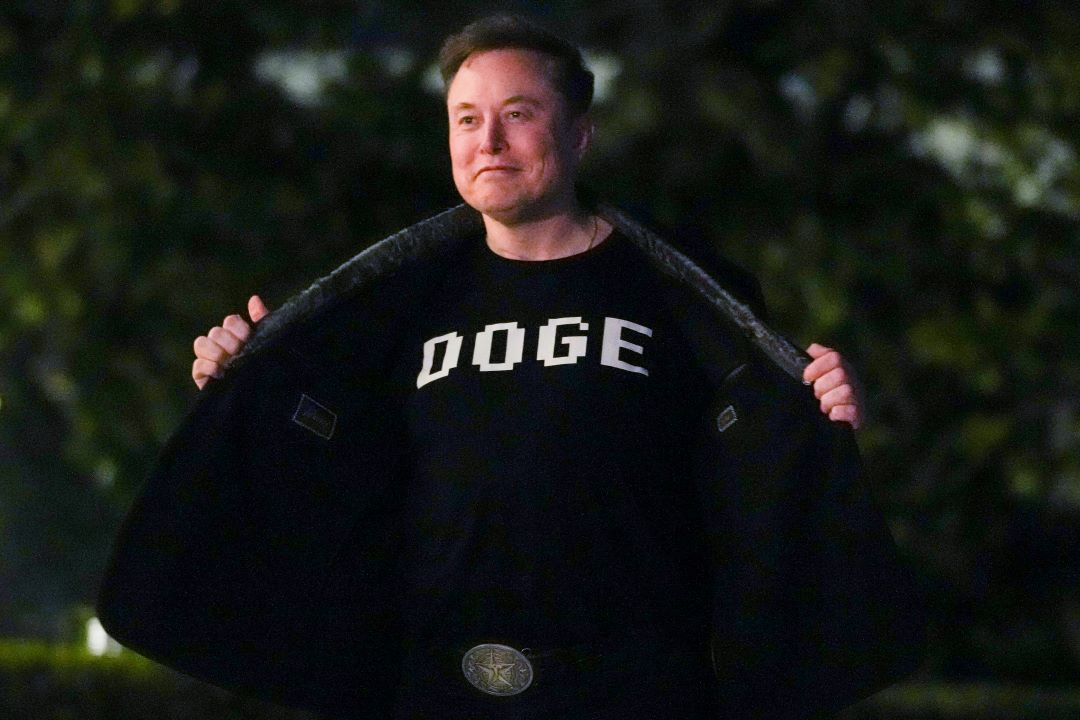
If you thought Elon Musk was really trying to cut costs, you weren’t in on the joke.
In November, when Donald Trump first announced his plan to place Elon Musk in charge of a new Department of Government Efficiency, the idea was widely written off as a joke. Then Trump took office, and DOGE began its very real stampede through the government. As an effort to meaningfully reduce federal spending, however, DOGE remains wholly unserious.
Musk initially promised that he would eliminate $2 trillion of the $7 trillion federal budget, before scaling back his ambitions to $1 trillion, and then $150 billion. Even that revised target is highly improbable.
Precisely measuring the budgetary effects of the Musk experiment remains difficult, but we can begin by looking at the claims made by DOGE itself. In late February, its website claimed to have achieved $55 billion in annual-spending reductions. However, its “wall of receipts” detailed only $16.5 billion of this total. Half of that figure came from a typo claiming $8 billion in savings from terminating an $8 million contract. As The New York Times has reported, that was far from the only accounting error. Once such mistakes as false contract cancellations, triple counts of the same reform, and the inclusion of contracts that expired decades ago were fixed, verified budget savings stood at just $2 billion.
Continue reading the entire piece at The Atlantic
______________________
Jessica Riedl (formerly Brian Riedl) is a senior fellow at the Manhattan Institute. Follow her on Twitter here.
Photo by OLIVER CONTRERAS/AFP via Getty Images

















